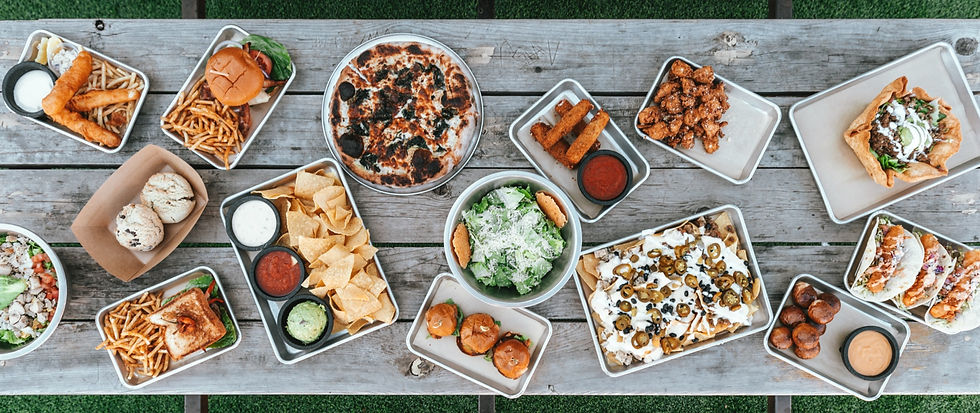What Do August Inflation Numbers Tell Us About Tailgating and Business Financial Performance?
- Juanita Schwartzkopf
- Sep 13, 2022
- 3 min read
With football season upon us and the pandemic shutdowns behind us, many of us are focusing attention on our favorite teams and tailgating parties – either at the game or in the backyard. This article will combine inflation and tailgating – two topics that do not normally go together!

The August CPI was reported today at 8.3%, which is a reduction from the 8.5% rate in July. Key changes in the CPI from July to August were increases in food, electricity, and natural gas, offset by decreases in gasoline.

The August CPI at 8.3% is certainly a reduction from the June CPI high of 9.1%. Because the economy is now entering the second year of inflation above 5.0%, most hoped to see inflation begin to moderate. To explain in simple terms, when the measure of year over year inflation begins to have the higher inflation period as the first year in the calculation of year over year change, there should be some moderation in the inflation rate, or the inflationary pressures are probably worse than the indices indicate.
In the next table the August 2021 CPI and the August 2022 CPI are combined against a typical consumer purchase amount to show the two-year increase in the consumer’s costs. For example, a $150.00 grocery store bill in August 2020 would now be $175.36 in August 2022. A monthly electricity bill of $225.00 in August 2020 would now be $274.10. A monthly home heating bill of $300.00 per month in August 2020 would now be $483.19.

Clearly the impact on businesses is similar to the impact on consumers. Costs to operate a business in 2022 compared to 2020 will continue to be challenging.
Making sure to keep the football and tailgating team, let’s consider the cost of a typical tailgating party in August 2020 compared to August 2022. At this party, there will be nachos, hamburgers and hotdogs, chicken wings, snacks, beer and soda, and a couple new T-shirts. Overall, the party would have cost $543.00 in August 2020. Today, two years later, the cost would be $635.09, which is a 17.0% increase.

Exploring the cost areas with the most change, it is clear dairy products, snack foods, frankfurters, lunchmeats, breads and rolls, chicken wings and deviled eggs are some of the areas of largest cost increase. The cost to fire up the grill is also an area of increase.

What does this mean for the remainder of 2022 and into 2023?
Costs are not going down to 2020 levels. Even if inflation moderates, no one is expecting deflation to bring costs back to 2020 levels. The higher prices MUST be part of the expense structure businesses deal with and plan for.
The PPP loan program and other stimulus programs threw cash at businesses in 2020 and 2021. While this kept some businesses in operation, if the business did not fix its problems, they have or are running out of cash.
The combination of no more free money and inflation means no business is exempt from financial stresses today. The tools businesses need to manage performance need to be expanded. In previous articles we have discussed analysis techniques that used to be “nice to have” that are now “must have”. For example, customer profitability and product profitability are essential. Customer and vendor contract analysis is critical.
Forecasts for 2022 need to be revised, and the 2023 financial planning needs to be at the top of mind immediately.
This is not the time to be paralyzed by uncertainty. This is the time to manage and plan for the future. A business can succeed today, but the effort to be successful will require more strength, technique, and discipline than before.




Comments